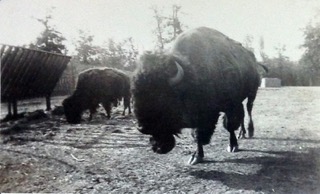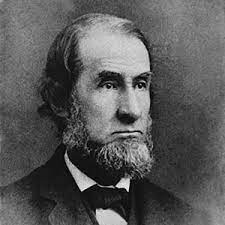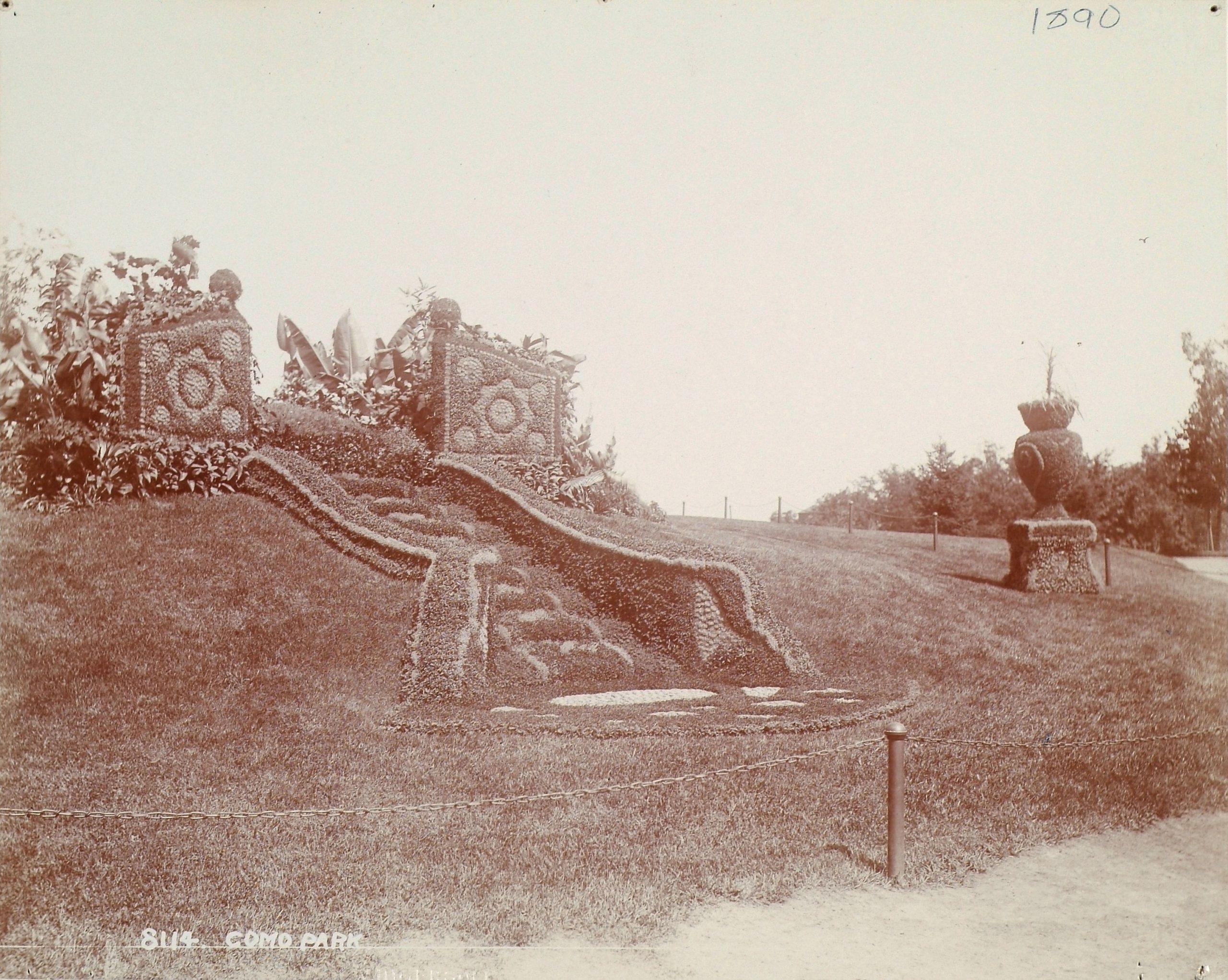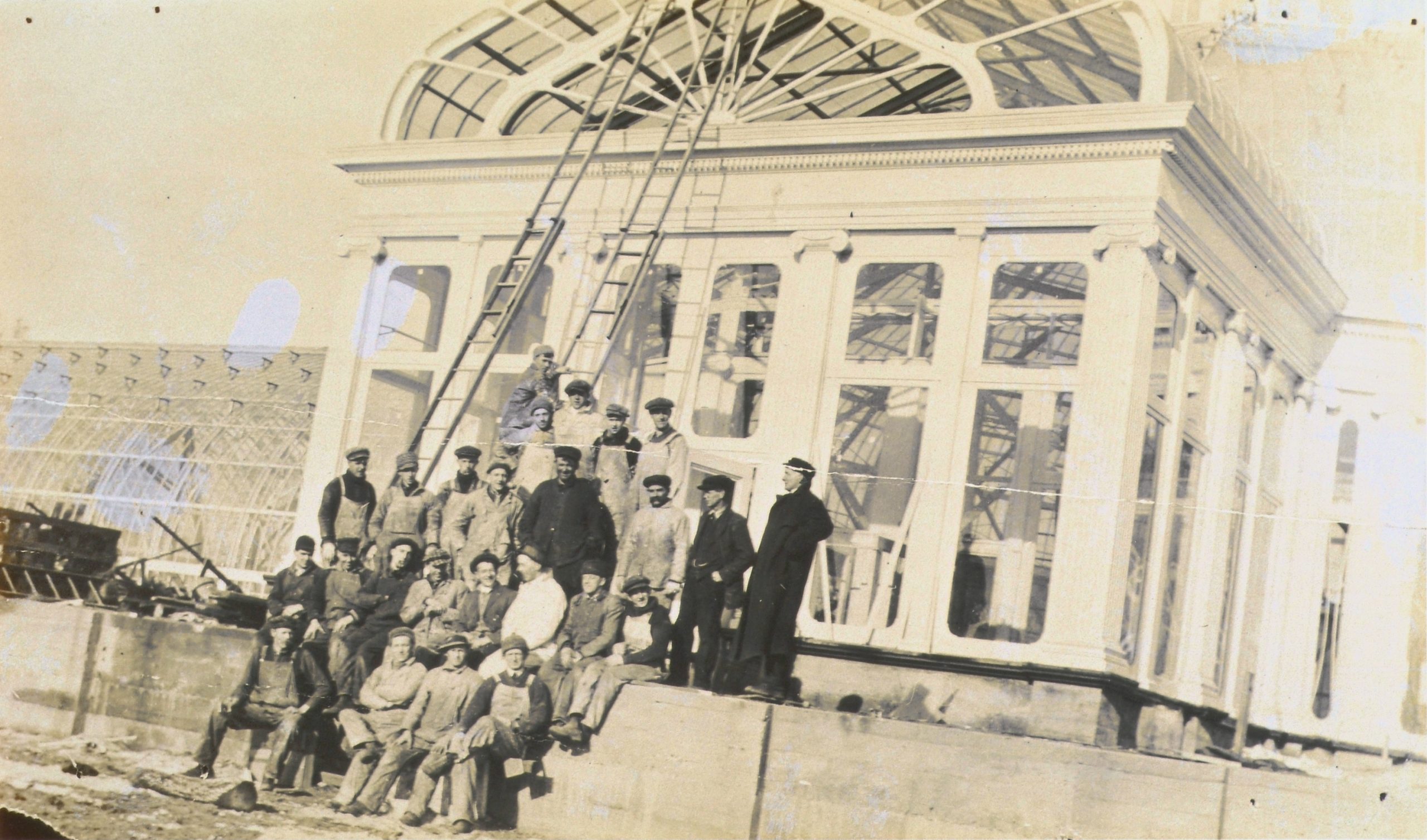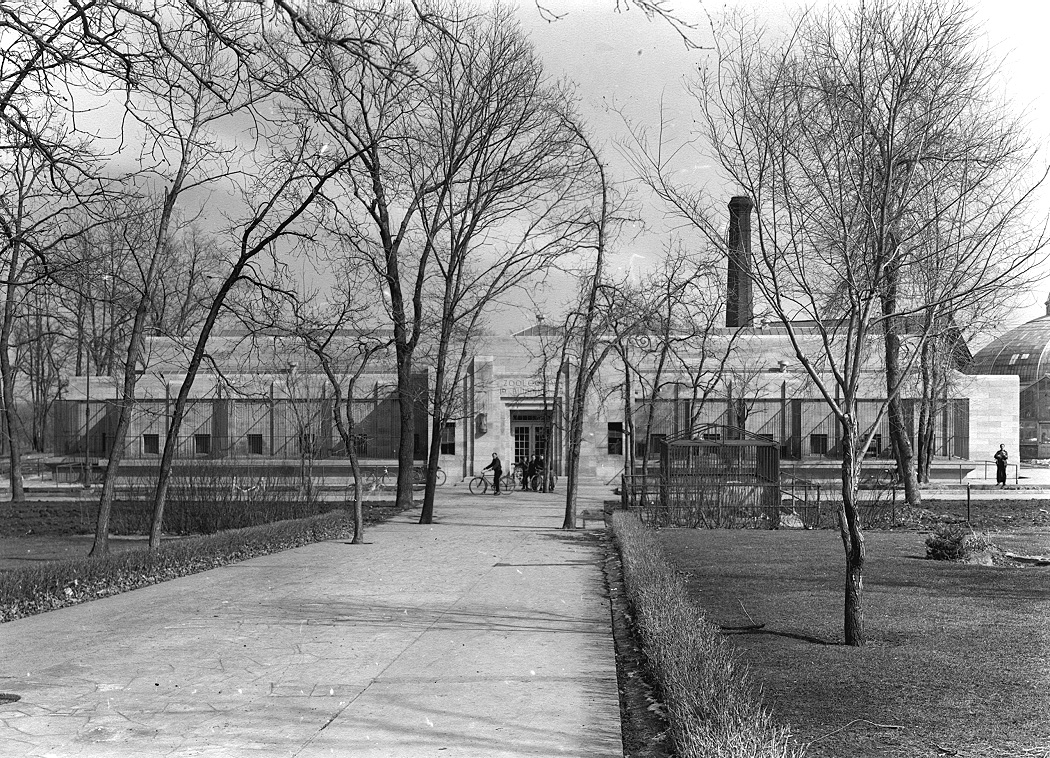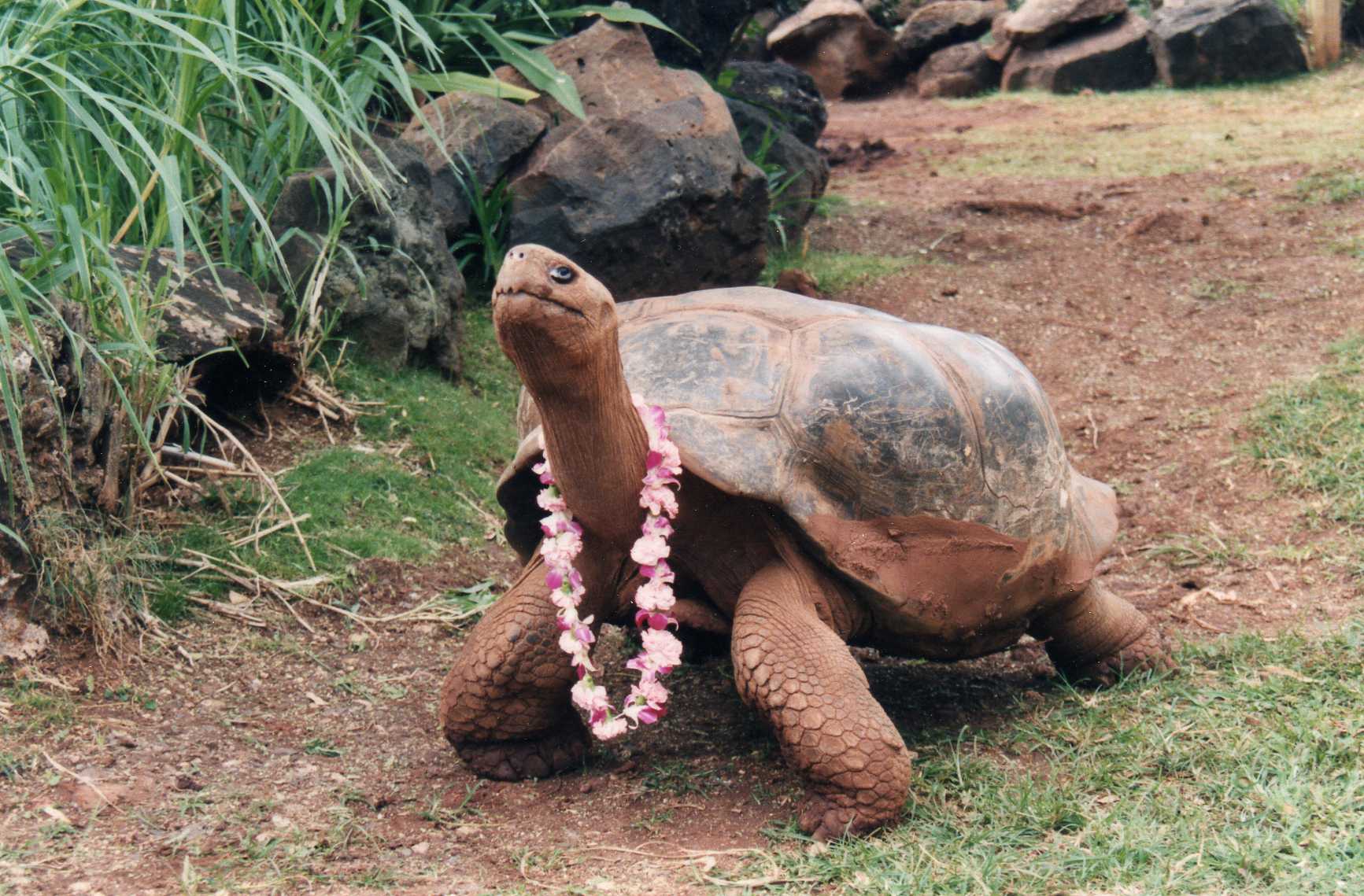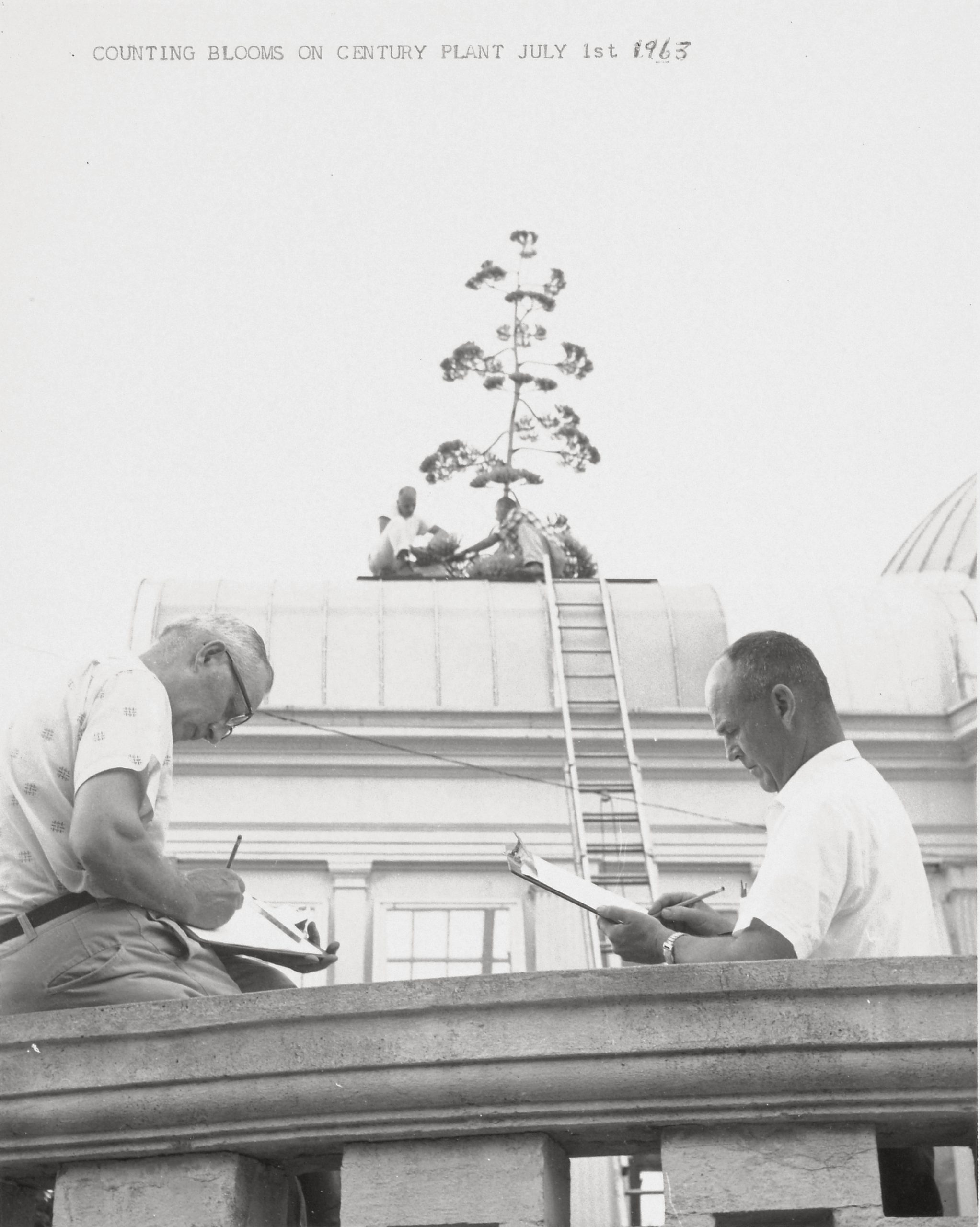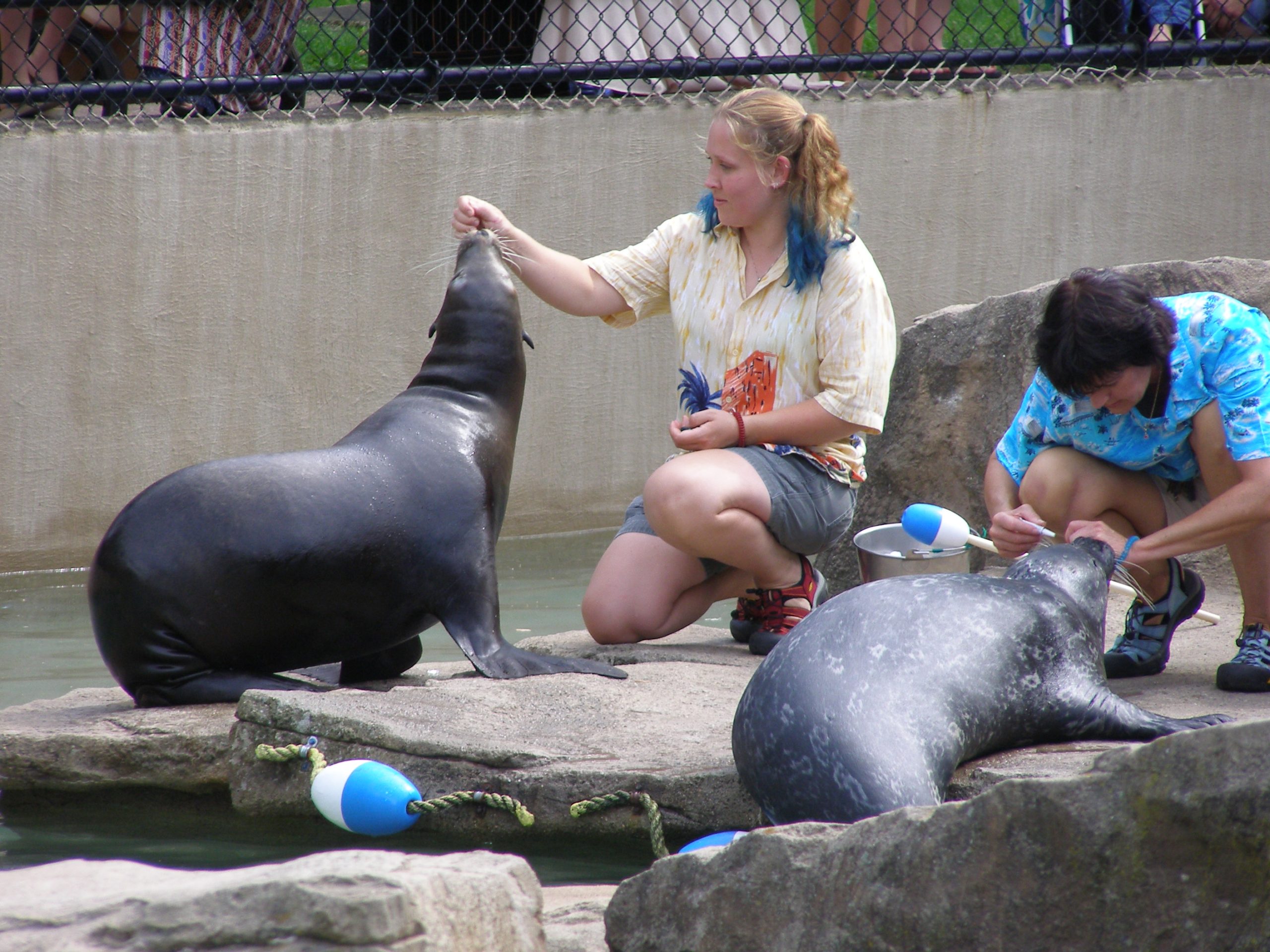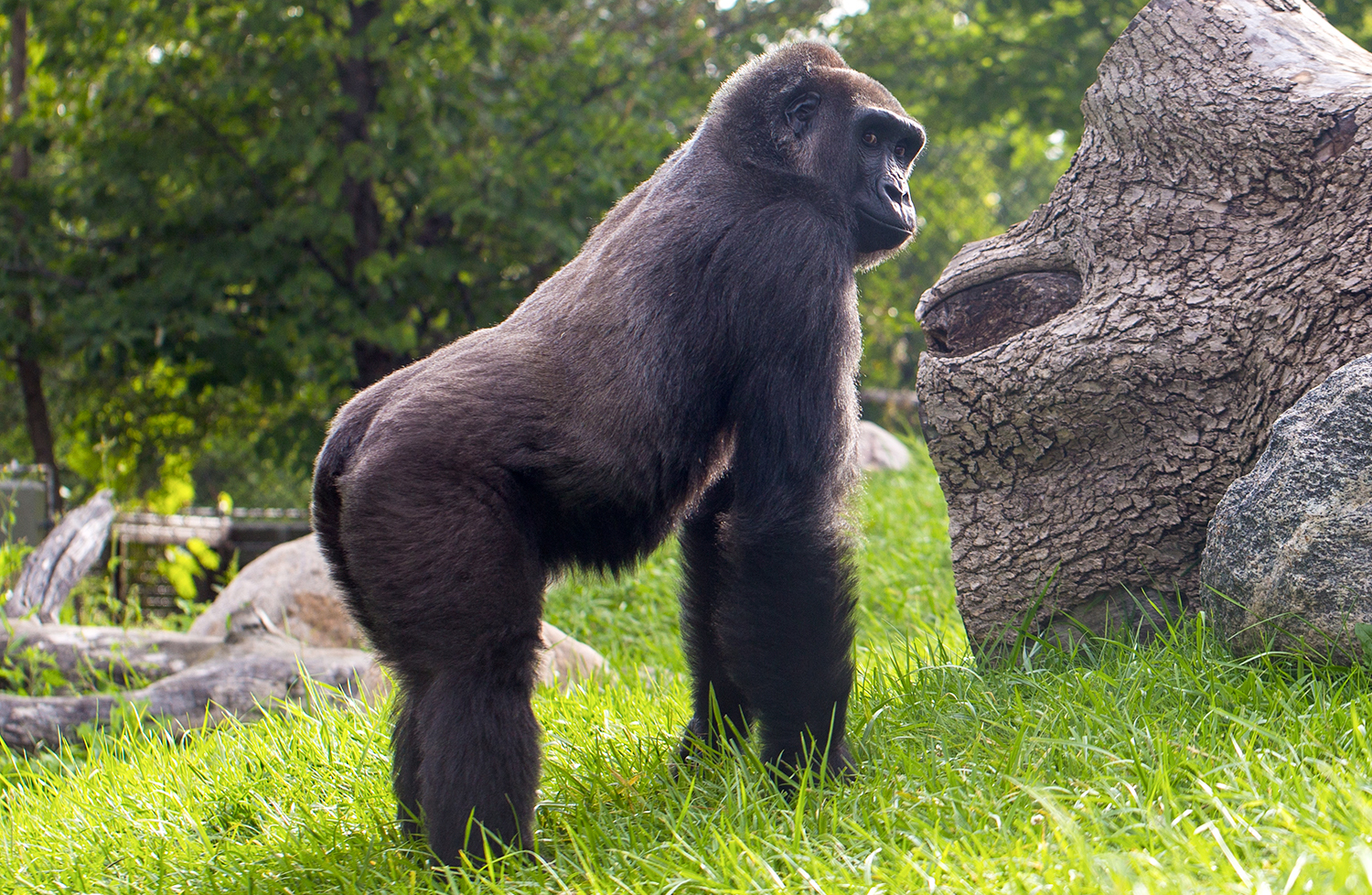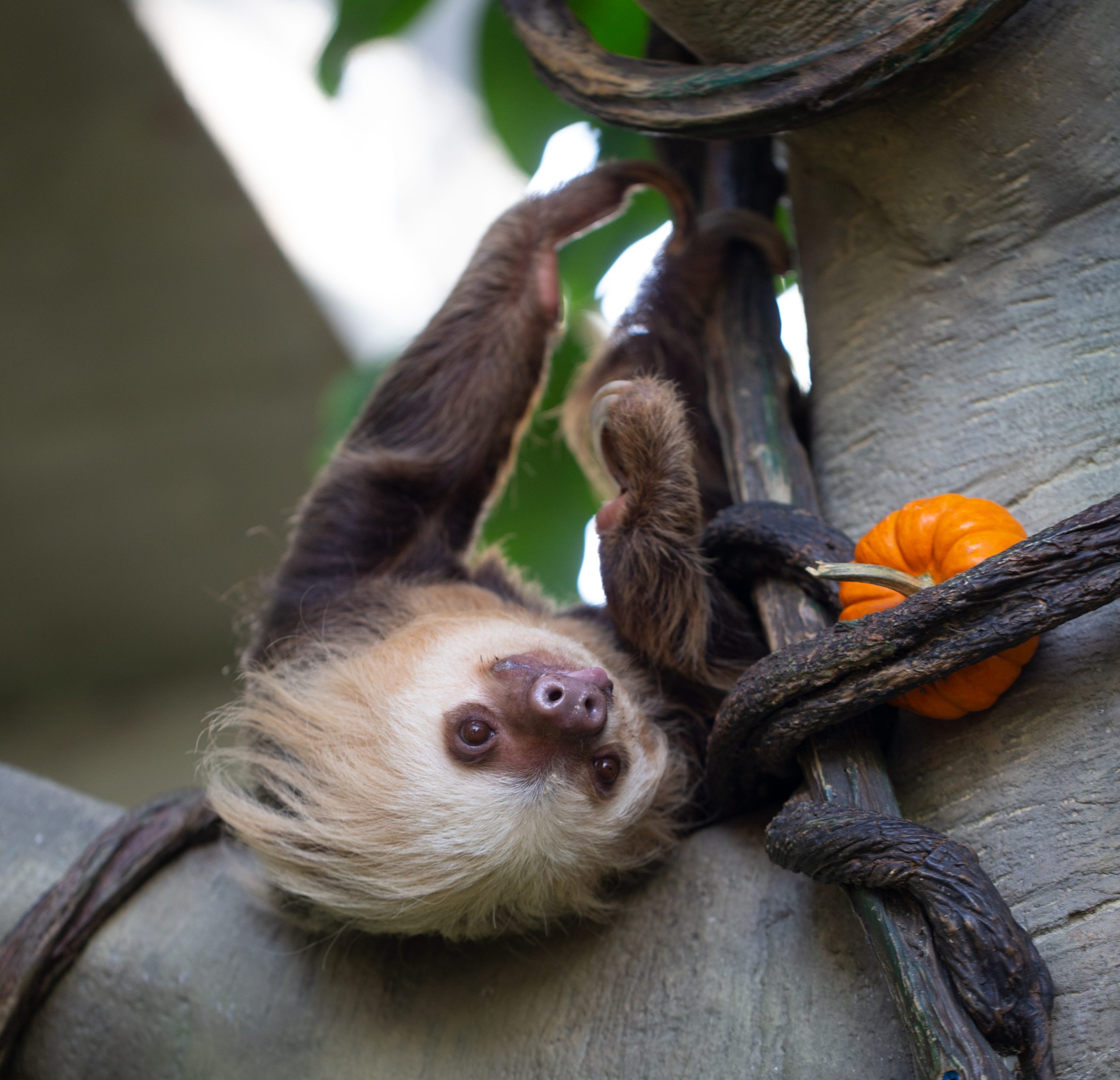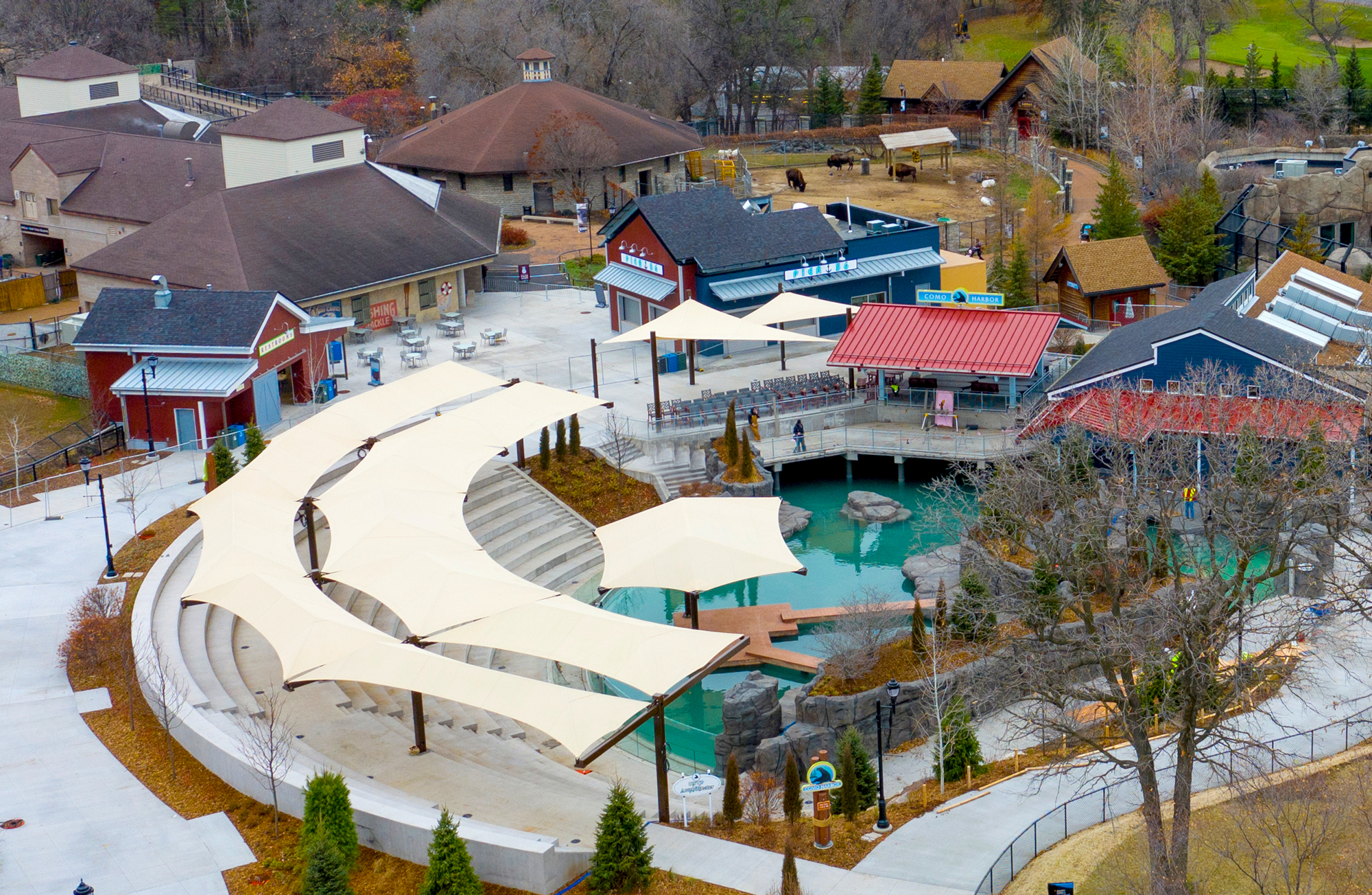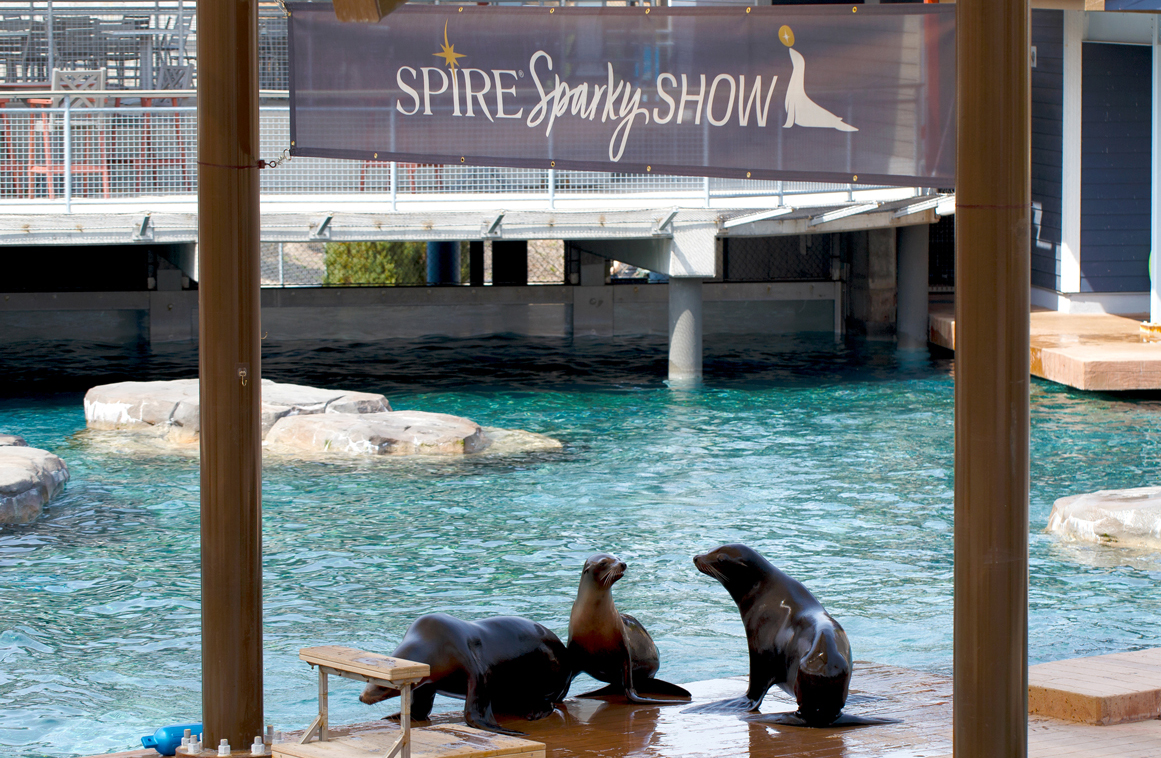A destination that’s delighted more than five generations of Minnesota families, coming to Como Park Zoo & Conservatory is a memory that many of us share. While visionaries and volunteers have all had a hand in shaping Como Park Zoo & Conservatory over the decades, the most consistent force behind Como’s longevity has been community support from people like you. As a supporter of Como Friends, you’re helping to carry on a century-long legacy of advocacy and care that’s made Como Park Zoo & Conservatory the most visited cultural institution in the state of Minnesota. Here’s a look at some of the highlights of Como’s first 150 years:
COMO’S EARLY DAYS
1870s | Renowned landscape architect Horace Cleveland gives a speech at the University of Minnesota in 1873, urging cities to set aside land for public parks that would “provide working people with a physical space that would be a respite from the grim realities of the Industrial Era.” With a $100,000 private gift, the city of St. Paul purchases three hundred acres on the shores of Lake Como, a one-time potato farm renamed for the Italian vacation destination by a clever real estate developer.
1880s | The city of St. Paul hires Cleveland to develop plans for a public landscape park, and forms the first St. Paul Board of Park Commissioners. To bring his vision to life, Cleveland invites Frederick Nussbaumer, a German landscape designer from London’s Royal Botanical Garden at Kew to join him in St. Paul.
1890s | Nussbaumer is elevated to superintendent of the St. Paul parks, where he spends the next 30 years creating the parkways, pedestrian paths and public gardens that we know today. As a series of animals are donated to the park beginning in 1897, Nussbaumer also designs Como’s first animal enclosures for deer, elk, foxes and even buffalo.
Exceptional floriculture displays like Gates Ajar, the Banana Walk, and the Victorian Water Gardens are Nussbaumer’s forte, drawing visitors from across the region. One writer of the era hailed Nussbaumer for turning Como from “a worse than useless mud hole” into the “pride of St. Paul.”
1900s | Como’s Japanese garden tradition has roots that go back more than a century to when an early parks board commissioner, charmed by the Japanese garden at the St. Louis World’s Fair, purchased plants, shrubs and sculpture from the display for transplanting on the shore of Como’s Cozy Lake. Several of the stone lanterns seen in today’s Charlotte Partridge Ordway Japanese Garden came from that original donation.
1910s | With a growing array of greenhouses at Como, many in need of repair, Nussbaumer proposes building a single Victorian glass house Conservatory, similar to the Palm House at Kew Gardens. Built from a prefabricated kit, the 60,000 square foot Conservatory opens in 1915 with a total cost of $65,000.
1920s | Como’s animal and plant collections continue to grow, with the donation of an American black bear, and new horticultural additions including the Excedra and the Frog Pond, both made possible by private gifts to Como. New parks superintendent George Nason oversees the creation of the new Sunken Garden, which begins to host rotating flower shows starting in 1927.
1930s | The New Deal ushers in an expansive new era at Como, with a series of buildings created by the Works Progress Administration, including the Old Barn and the former Monkey Island. Scores of new animals also arrive thanks to donations from the St. Paul Zoological Society and the closure of the Longfellow Gardens Zoo in Minneapolis. Celebrity animal collector Frank Buck, the star of such films as “Bring ‘Em Back Alive,” is on hand for the 1937 dedication of the Main Zoo Building–now the home of Como Friends’ offices.
1940s | After World War II, Como reemerges as an entertainment destination for families, with pony rides offered in the park, and the launch of the amusement park that we now know as Como Town.
MID-CENTURY MOVEMENT
1950s | In 1956, the arrival of “Archie Brand’s Seal Show,” arranged by businessman Stanley Hubbard, turns Sparky into an instant celebrity. Meanwhile, Como’s first zoo director, John Fletcher, makes room for gorillas, orangutans and Siberian tigers, and the giant Galapagos tortoise a whole generation of children will know as “Toby.”
1960s | As the Twin Cities explore the potential for developing a major metropolitan zoo, a 1966 Citizen’s League report concludes that Como lacks the acreage and resources to serve the state’s growing population. Como’s community disagrees, spawning such support groups as the Citizens Volunteer Committee, the Como Zoo Docent Association, and the Metropolitan Zoo Emergency Committee, all dedicated to keeping Como open for all.
Caption: An agave Americana, or century plant, bursts into bloom in 1963, with shoots that reach so high the Conservatory removes a section of the roof to give it room to grow.
1970s | Como’s Conservatory is added to the National Register of Historic Places, while the Minnesota Legislature approves $8.5 million toward Como’s redevelopment. Como Zoological Society incorporates as a nonprofit support group for Como in 1974. Nagasaki, Japan presents St. Paul, its sister city, with a garden design created by ninth generation landscape designer Masami Matsuda and the Ordway family provides the funding to build it in 1979.
Caption: After giving countless piggy-back rides, Toby the tortoise begins a well-earned retirement at the Honolulu Zoo in 1974 where he resides today.
1980s | Como Zoo earns its first accreditation from the Association of Zoos and Aquariums, and Como begins a new era of construction, opening the Large Cat exhibit, the Aquatic Animal Building, the African Hoofstock habitat, and a remodeled Monkey Island into Seal Island.
1990s | As Como celebrates its 100th anniversary in 1997, supporters focus on strategies to keep Como Zoo and the Conservatory growing strong. City leaders and community donors agree to unite the administrative operations of the zoo and conservatory, and to combine competing nonprofit support groups into a single nonprofit fundraising partner, the Como Zoo and Conservatory Society.
COMO FRIENDS: TRANSFORMING COMO FOR THE 21st CENTURY
2000 | The Como Zoo and Conservatory Society launches a $32.5 million capital campaign to build a new Visitor Center that will connect the Zoo and Conservatory, combine operations under one roof, and create new classroom space to serve Como’s one million annual visitors.
2001 | Private funding from the Como Zoo and Conservatory Society helps Como Zoo start a new operant conditioning training program for seals and sea lions, using positive reinforcement to encourage animals to cooperate in their own health care. The training program is so successful, it expands to include hundreds of animals at Como Zoo, from the western lowland gorillas to the Galapagos tortoises.
2002 | The Marjorie McNeely Conservatory gets a new name and a generous endowment fund created by the McNeely family. In her lifetime, Marjorie McNeely was a president of the St. Paul Garden Club and a long-time supporter of the historic Como Conservatory.
2003 | The first major capital campaign for Como reaches its $32.5 million goal with nearly $8 million in private sector contributions secured by the Como Zoo and Conservatory Society.
2004 | New construction reshapes Como’s historic campus, with a new behind-the-scenes Animal Support Building, and a renovation that turns Como’s WPA-era zoo building from animal habitat to office space for Como’s campus leaders.
2005 | Como unveils the new Visitor Center, uniting the historic Zoo and Conservatory with a single entrance and a shared mission.
2006 | The hang-out home of Chloe the sloth, Tropical Encounters opens to the public. An immersive rainforest habitat teeming with tropical plants, birds, fish and reptiles, Tropical Encounters is also the first habitat to combine the shared strengths of Como’s keepers and horticulturists.
2007 | New classroom space created by Como’s Visitor Center helps on-site education programs to grow more than six-fold. With summer camps, school group programs and other offerings, Como continues its evolution as a conservation classroom for families and field trip groups.
2008 | Como Zoo and Conservatory Society changes its name to Como Friends, and launches a second major campaign to build a new wing to the Conservatory and a reimagined polar bear habitat at Como Zoo. Always a refuge during challenging times, Como will see its audience increase dramatically as visitors turn to Como’s free admission during the recession. Annual funds from private contributions to Como Friends also help to sustain a growing number of Como traditions, such as the five rotating flower shows in the Sunken Garden.
2009 | Support from Como Friends pays for growing partnerships between Como Zoo and conservation initiatives in the field, including orangutan survival projects in southeast Asia and amphibian preservation efforts for the Wyoming toad.
2010 | A new and improved Polar Bear Odyssey opens to the public, spurring record-setting attendance of more than two million annual visitors. Como Friends also advocates to preserve $11 million in public funding for Gorilla Forest when lawmakers threaten to revoke funding.
2011 | Como Friends secures the $2.8 million necessary to start construction on The Ordway Gardens, a new horticultural wing to showcase Como’s exceptional bonsai collection and improve visitor access to the Charlotte Partridge Ordway Japanese Garden.
2012 | Como Friends’ fundraiser ZooBoo celebrates its 25th anniversary, becoming one of the longest-running benefits for any Twin Cities nonprofit.
2013 | In preparation for the new Ordway Gardens wing, Como Friends helps restore the Charlotte Partridge Ordway Japanese Garden to better reflect the original intent of designer Masami Matsuda by supporting the work of international garden consultant John Powell.
2014 | To continue the creation of more naturalistic habitats at Como Zoo, Como Friends provides funding for a make-over for the African Hoofstock building, and a design plan for a remodeled seal and sea lion exhibit. Thanks to generous supporters and a successful strategic plan, Como Friends’ fundraising capacity is up by more than 50 percent since 2009.
2015 | To celebrate the 100th anniversary of the Marjorie McNeely Conservatory, Como Friends leverages private contributions to match a Minnesota Legacy Fund gift toward the Centennial Garden, a new landscape garden next to Como’s Visitor Center. Como Friends supporters also create a $1 million endowment fund to ensure the long-term horticultural care of the Charlotte Partridge Ordway Japanese Garden.
2016 | Creating memorable, meaningful, close-up encounters with the natural world is one of the principles behind the new Giraffe Feeding Station. Funded in part by contributions to Como Friends, this interactive learning feature now brings thousands of Como visitors eye-to-eye with the gentle giants in Como’s giraffe herd.
2017 | After 30 years, Como Friends’ ZooBoo fundraiser comes to a close to make way for construction of the new Como Harbor habitat, a $21 million seals and sea lions habitat in the heart of Como.
2018 | Como Friends launches Conservation Champions, a program that allows Como’s keepers, horticulturists and education specialists to bring their expertise to conservation efforts in the field. From saving orphaned seal pups, to tracking snow leopards in the wild, these real-life experiences also help to enrich Como’s conservation education programs.
2019 | Como Friends celebrates its 20th year as Como Park Zoo and Conservatory’s nonprofit fundraising partner, having contributed more than $42.5 million to Como in private investments for improvements large and small. Thanks to your support for Como Friends, Como remains one of a few major metro area zoos or botanical gardens that is still free to every visitor.
2020 | When COVID-19 forces a statewide shut-down, Como Friends increases its annual contribution to Como Park Zoo and Conservatory, to ensure stable operations and essential care of Como’s extraordinary animals and plants. Private support also helps complete the new Huelsmann Meditative Garden, the tranquil karesansui garden that now greets visitors to The Ordway Gardens.
2021 | With a splashy new amphitheater, saltwater pools, and underwater viewing areas, Como Harbor opens to rave reviews. The state of the art habitat, supported by public funding and private contributions to Como Friends, is now home to three species of pinnipeds, harbor seals, California sea lions and Atlantic gray seals.
2022 | The new SPIRE Sparky Show splashes down at Como Harbor, while contributions to Como Friends help to fund a major renovation of the Aquatic Animals Building. Como Friends also launched Como Quest, a new conservation-focused fundraiser where multigenerational teams explore Como’s amazing animal and plant collections. Thanks to your generous support, Como Park Zoo and Conservatory has the resources to resume traditional operations, welcoming more than 1.8 million visitors a year to discover the wonders of our natural world.

